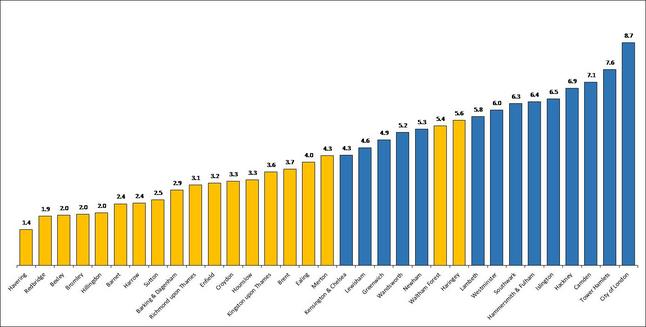
The London Mayor’s Transport Strategy recognises the link between healthy streets and healthy people. It understands that safe, comfortable, attractive streets boost our propensity to walk and add exercise into our daily routines. It also understands that a reduction in motor traffic brings additional health benefits as a result of lower air and noise pollution and better road safety.
London’s boroughs control 95% of London’s roads, so they are central to the delivery of the Mayor’s healthy streets targets. There are a number of measures they can bring in right now to achieve dramatic results. But there is a variable commitment among boroughs in creating Healthy Streets and boosting active travel. Slow progress often comes down to a lack of political will or an assumption that change will be difficult and/or expensive to implement.
London Living Streets and London transport campaigners, London Cycling Campaign, CPRE London, RoadPeace, Sustrans and Campaign for Better Transport London have published a new scorecard that will measure London boroughs’ progress towards the Mayor’s Transport Strategy ‘healthy streets’ targets. It will be published annually to demonstrate how far and how quickly London boroughs are making changes.
It maps four ‘output indicators’ (mode share, active travel rates, road casualties, car
ownership rates) so councils can see how well they are doing compared to other councils
It also measures four ‘input indicators’ (modal filters, 20mph zones, CPZ zones, and protected cycle tracks) which London boroughs can take to reduce car trips and improve active travel rates.
Find out how well your borough is doing:
The London Boroughs Healthy Streets Scorecard report is available here.
The spreadsheet with full data set is here.
Read our blog following the launch of the Scorecard here.
Next year’s data will be released in July 2020 to show how far and how quickly boroughs are implementing changes that are increasingly urgent in order to improve the health and well-being of those living in and visiting London.

